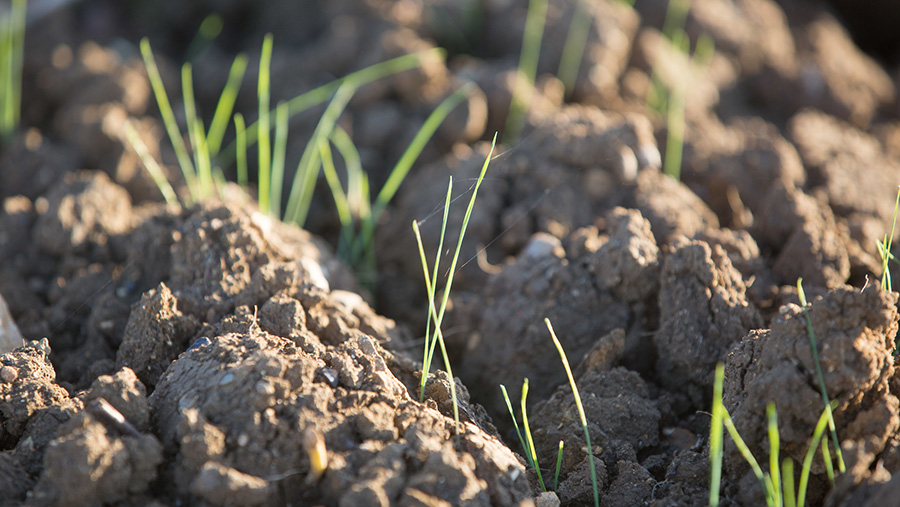‘Zero tolerance’ blackgrass approach called for this spring
 © Tim Scrivener
© Tim Scrivener Growers are being urged to take a zero tolerance approach to blackgrass populations that survived autumn control measures by treating them as soon as the grassweed starts growing.
High dormancy rates in the autumn mean, despite favourable conditions for controlling the troublesome weed last year, there is a risk of new populations emerging, says Alex Wilcox, Norfolk farmer and Hutchinsons agronomist.
He highlights the importance of using oilseed rape as a cleaning crop, saying although there are limited opportunities to control fresh blackgrass populations into the spring, effective control is important to avoid stoking up future problems in subsequent crops.
See also: 3 pesticide approvals to look out for in 2017
“If you haven’t achieved good control from propyzamide-based products then be brave and mark these areas out, spray them off and redrill with a hybrid spring oilseed rape,” he says.
Direct drilling reduces blackgrass emergence
For those who are redrilling or looking to put in spring crops, Mr Wilcox recommends minimising soil disturbance by direct drilling to avoid a flush of blackgrass within the fledgling crop.
“Delaying drilling until late March or early April when ground is warmer can work, but it isn’t always suitable especially if you’re disturbing more soil as it simply encourages a flush of blackgrass at the same time.
“You may be better drilling at a higher seed rate when conditions are cooler and blackgrass isn’t growing to ensure the crop is in the ground and ready to go as soon as it warms up.”

